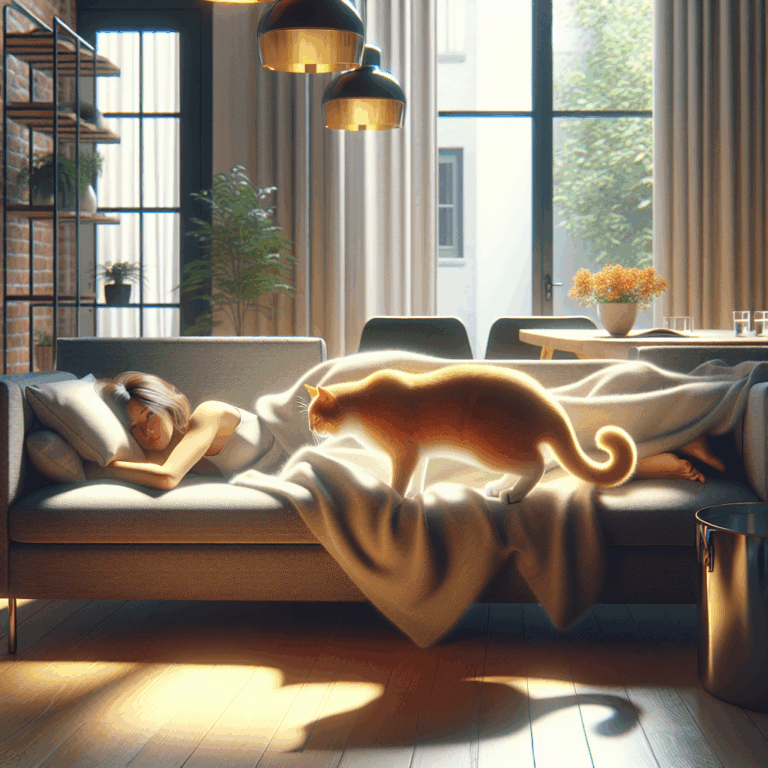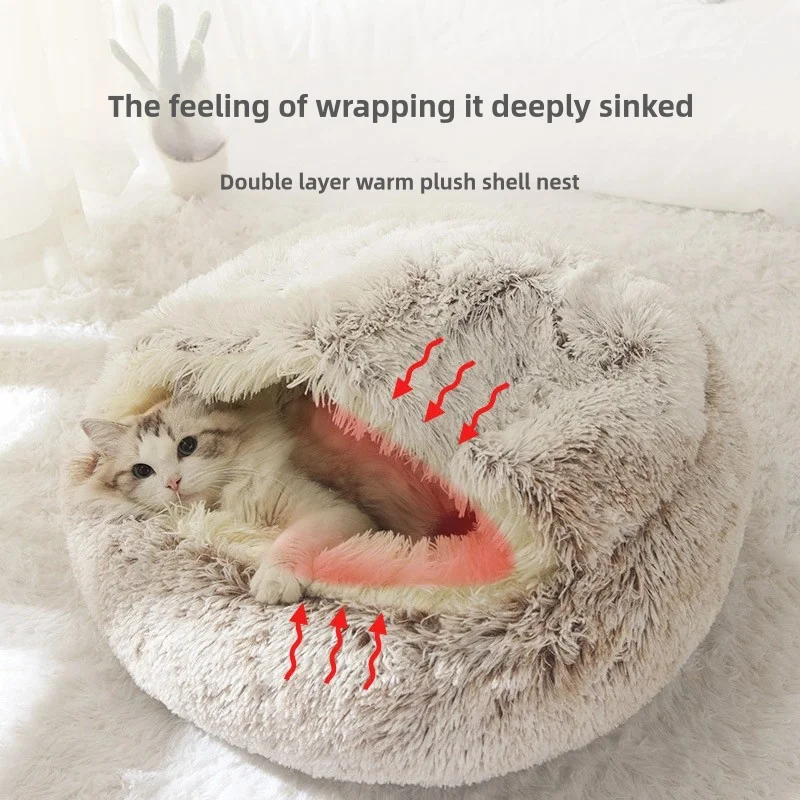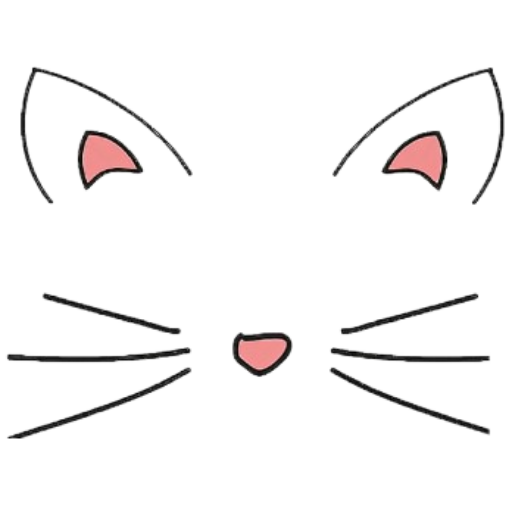The Feline Architects of Comfort: Cats and Their Influence on Human Rest
- No Comments
In recent years, the world has seen a growing fascination with the science of sleep and the pursuit of restfulness. Amidst this cultural shift towards valuing rest, an unexpected player has emerged as a key influencer in the art of relaxation: the domestic cat. Cats, with their seemingly effortless ability to nap anywhere and at any time, have become unwitting architects of comfort, shaping human attitudes towards rest and relaxation in profound ways.
Historically, cats have been associated with the notion of leisure. Their languid stretches and serene slumbers have inspired many humans to rethink their own approach to rest. In an era where work-life balance is increasingly prioritized, the feline philosophy of napping has gained traction. Many cat owners report that observing their pets’ relaxed demeanor prompts them to pause and consider their own needs for downtime, encouraging a healthier relationship with sleep.
Moreover, cats have played a tangible role in the development of modern sleep aids and relaxation techniques. The soothing presence of a purring cat has been likened to a natural sedative, with research suggesting that the frequency of a cat’s purr can induce calming effects in humans. This phenomenon has inspired innovations in sound therapy, with sleep apps and relaxation devices now incorporating ‘purring’ soundtracks to help users unwind.
Cats have also influenced the design of home environments, as their preference for cozy, sun-drenched spaces has informed interior design trends. The popularity of cat-friendly furniture, such as hammocks and window perches, has led humans to seek out similar comforts in their own homes. This trend is evident in the rise of plush, ergonomic furniture and the emphasis on creating serene spaces that promote rest and relaxation.
In addition to influencing physical environments, cats have impacted the cultural narrative surrounding sleep. The hashtag #CatNap, popularized on social media, has become a symbol of self-care and the importance of taking breaks. Online communities dedicated to cat ownership frequently share images and stories of their feline companions in various states of repose, fostering a global conversation about the value of rest.
Interestingly, the therapeutic benefits of having a cat companion extend beyond the individual to the workplace. Some companies have embraced the presence of office cats as part of wellness initiatives, noting that these furry colleagues contribute to a more relaxed atmosphere. Employees report feeling less stressed and more creative when a cat is nearby, supporting the idea that cats can enhance productivity through the promotion of calmness.
The influence of cats on human rest is not limited to the physical and psychological realms. Philosophically, they challenge the notion of perpetual busyness, reminding us that rest is not a luxury but a necessity. As society continues to grapple with the pressures of modern life, the feline exemplars of tranquility offer a timeless lesson: in the pursuit of a balanced life, sometimes it’s the simplest pleasures—like a warm sunbeam or a gentle purr—that provide the most profound comfort.
In conclusion, as we navigate an increasingly fast-paced world, cats remain steadfast advocates for the power of rest. Their quiet wisdom encourages us to slow down, to indulge in the restorative power of a nap, and to create environments that nurture our need for tranquility. In doing so, they not only enhance our well-being but also redefine the way we understand and value the concept of rest.

In recent years, the world has seen a growing fascination with the science of sleep and the pursuit of restfulness. Amidst this cultural shift towards valuing rest, an unexpected player has emerged as a key influencer in the art of relaxation: the domestic cat. Cats, with their seemingly effortless ability to nap anywhere and at any time, have become unwitting architects of comfort, shaping human attitudes towards rest and relaxation in profound ways.
Historically, cats have been associated with the notion of leisure. Their languid stretches and serene slumbers have inspired many humans to rethink their own approach to rest. In an era where work-life balance is increasingly prioritized, the feline philosophy of napping has gained traction. Many cat owners report that observing their pets’ relaxed demeanor prompts them to pause and consider their own needs for downtime, encouraging a healthier relationship with sleep.
Moreover, cats have played a tangible role in the development of modern sleep aids and relaxation techniques. The soothing presence of a purring cat has been likened to a natural sedative, with research suggesting that the frequency of a cat’s purr can induce calming effects in humans. This phenomenon has inspired innovations in sound therapy, with sleep apps and relaxation devices now incorporating ‘purring’ soundtracks to help users unwind.
Cats have also influenced the design of home environments, as their preference for cozy, sun-drenched spaces has informed interior design trends. The popularity of cat-friendly furniture, such as hammocks and window perches, has led humans to seek out similar comforts in their own homes. This trend is evident in the rise of plush, ergonomic furniture and the emphasis on creating serene spaces that promote rest and relaxation.
In addition to influencing physical environments, cats have impacted the cultural narrative surrounding sleep. The hashtag #CatNap, popularized on social media, has become a symbol of self-care and the importance of taking breaks. Online communities dedicated to cat ownership frequently share images and stories of their feline companions in various states of repose, fostering a global conversation about the value of rest.
Interestingly, the therapeutic benefits of having a cat companion extend beyond the individual to the workplace. Some companies have embraced the presence of office cats as part of wellness initiatives, noting that these furry colleagues contribute to a more relaxed atmosphere. Employees report feeling less stressed and more creative when a cat is nearby, supporting the idea that cats can enhance productivity through the promotion of calmness.
The influence of cats on human rest is not limited to the physical and psychological realms. Philosophically, they challenge the notion of perpetual busyness, reminding us that rest is not a luxury but a necessity. As society continues to grapple with the pressures of modern life, the feline exemplars of tranquility offer a timeless lesson: in the pursuit of a balanced life, sometimes it’s the simplest pleasures—like a warm sunbeam or a gentle purr—that provide the most profound comfort.
In conclusion, as we navigate an increasingly fast-paced world, cats remain steadfast advocates for the power of rest. Their quiet wisdom encourages us to slow down, to indulge in the restorative power of a nap, and to create environments that nurture our need for tranquility. In doing so, they not only enhance our well-being but also redefine the way we understand and value the concept of rest.


